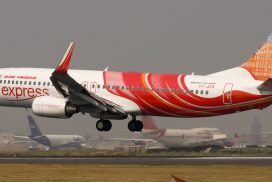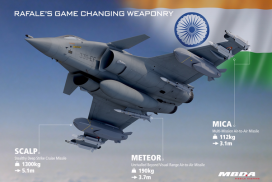 The arrival the new F-35 at the Eglin Air Force base in Florida has increased the pressure on USAF to get the new pilots ready for combat on shiny new F-35 Lightning II. Lt. Col. Eric Smith became the first airman to fly the new stealth fighter. After years of development and lot of set backs F-35 is finally a reality.
The arrival the new F-35 at the Eglin Air Force base in Florida has increased the pressure on USAF to get the new pilots ready for combat on shiny new F-35 Lightning II. Lt. Col. Eric Smith became the first airman to fly the new stealth fighter. After years of development and lot of set backs F-35 is finally a reality.
“It all came to light six months ago,” said Smith, who moved to the 33rd Fighter Wing in 2009 after spending two years as a developmental test pilot with the 46th Test Wing here. “I was picked because of my test background and the training I had in 2005.”
The pilot spent a month flying the new F-35 test missions. Air Force Materiel Command’s training program at Edwards is designed for test pilot school graduates with flight hours in a variety of airframes. The pilot completed courses in F-35 academics, emergency procedures via simulator, engine run and high-speed taxi with three F-35 flights, while an instructor pilot flew in a chase plane.
“I’ve got 80 hours in the simulator and only logged nine actual flying hours,” Smith said. “That is a testament to how good the simulator is. Everything is digital.”
Other new devices to be introduced are the F-35’s unique set of pilot flight equipment, including an anti-gravity suit, a jacket with integral arm restraints and a helmet-mounted display system.
“It forced me to change all of my habits when it came to ‘strapping on’ the jet (for the first time),” Smith said. “The HMD is an extremely complex piece of equipment that uses two projectors to display independent images on the pilot’s display visor.”
The Lockheed Martin F-35 Lightning II is a family of single-seat, single-engine, fifth generation multirole fighters under development to perform ground attack, reconnaissance, and air defense missions with stealth capability. The F-35 has three main models; one is a conventional takeoff and landing variant, the second is a short take off and vertical-landing variant, and the third is a carrier-based variant.
The United States intends to buy a total of 2,443 aircraft for an estimated US$323 billion, making it the most expensive defense program ever. The United States Air Force (USAF) budget data in 2010, along with other sources, projects the F-35 to have a flyaway cost from US$89 million to US$200 million over the planned production of F-35s. Cost estimates have risen to $382 billion for 2,443 aircraft, at an average of $156 million each. The rising program cost estimates have cast doubt on the actual number to be produced for the U.S. In January 2011, the F-35B variant was placed on “probation” for two years because of development problems. In February 2011, the Pentagon put a price of $207.6 million for each of the 32 aircraft to be acquired in FY2012, rising to $304.15 million if its share of RDT&E spending is included



